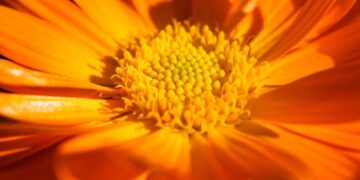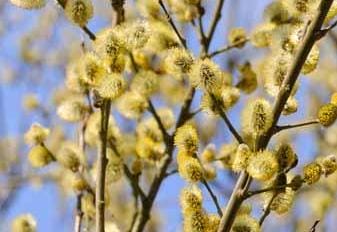February can be one of the coldest months of the year, even though it is full of the promise of spring with shoots of bulbs pushing through and songbirds being heard.
There is still plenty to do in the garden in preparation for the months ahead – winter maintenance continues and there is gentle pruning and cutting back of shrubs and hedges to do.
Make sure when cutting back you don’t disturb wildlife still be hibernating.
If you want to know what to do with your prunings then one simple solution is to create a ‘twiggery’ – a twiggy habitat tucked away in a quiet spot at the end of the garden or allotment or under a hedge.
Cut prunings into lengths of 1-2 metres and make a low pile in a shady place.
Small mammals will use this and hedgehogs may even nest there.
Birds that don’t mind nesting close to the ground such as blackbirds and dunnocks may also use it.
You can also think about giving a bird a home during National Nest Box Week, which runs from February14-21 by simply putting up a bird nest box in your garden.
As our gardens and parklands become tidier, natural nest sites are rapidly disappearing.
Caring for our feathered friends by feeding, providing water and putting up nest boxes, to give them a safe space to raise chicks, has never been more important.
You can find out where to put up a nest box and which kind to put up at https://www.nestboxweek.com/
Attracting insects into your garden for birds and to pollinate plants is also important. A good pollinator plant for February flowering is Pussy Willow (Salix caprea).
This native deciduous tree prefers deep soils that don’t dry out and has broader leaves than most willows.
In late winter, it produces furry catkins that not only contain nectar but also accessible pollen that turns the male catkins from silvery-grey to bright yellow and attracts big queen bumblebees and several species of solitary bees.
In addition to stocking your garden with wildlife-friendly plants, other top jobs for gardeners this month include:
-
Prepare vegetable seed beds, and sow some vegetables under cover. Knowing which vegetables to sow where, when and how means you can maintain constant supplies throughout the season.
-
Chit potato tubers. It’s important with earlies, and a good idea with maincrops, to ‘chit’ the seed potatoes before planting. This means allowing them to start sprouting shoots.
-
Protect blossom on apricots, nectarines and peaches. Most top fruit and soft fruit are very hardy but once they start growing in spring, flowers and buds are especially vulnerable to frost and may need protection to crop well.
Plus, here’s what the experts have to say …
This month there are signs of the approaching spring, with bulbs appearing and wildlife waking up as light levels and temperatures increase. There’s plenty to do indoors this month to prepare for the season ahead. Outdoors, as the garden comes to life again, it’s time to prune shrubs and climbers, such as Wisteria as well as evergreen hedges.
RHS
February can be a very mixed month weather-wise, from sunshine warm enough to take your coat off, to snow or heavy freezing rain. On good days, take time to get out in to the garden to work and look around. If the ground isn’t too frozen or waterlogged, you can dig the soil over, or turn any compost that you have. Tidy up any debris on beds and the lawn, if it isn’t too wet or frozen to walk on. Get organised and start sourcing the seeds and compost that you are going to need for the coming months.
Sarah Raven
The shortest month of the year, February marks the final month of the winter season and heralds the dawning of spring. It can also start to feel noticeably lighter each day which is always a boost after shorter daylight hours. This extra light makes heading for walks to spot wildlife such as beautiful waxwing birds or common spawning frogs a little easier, as nature stirs after its winter hibernation.
BBC Countryfile
























